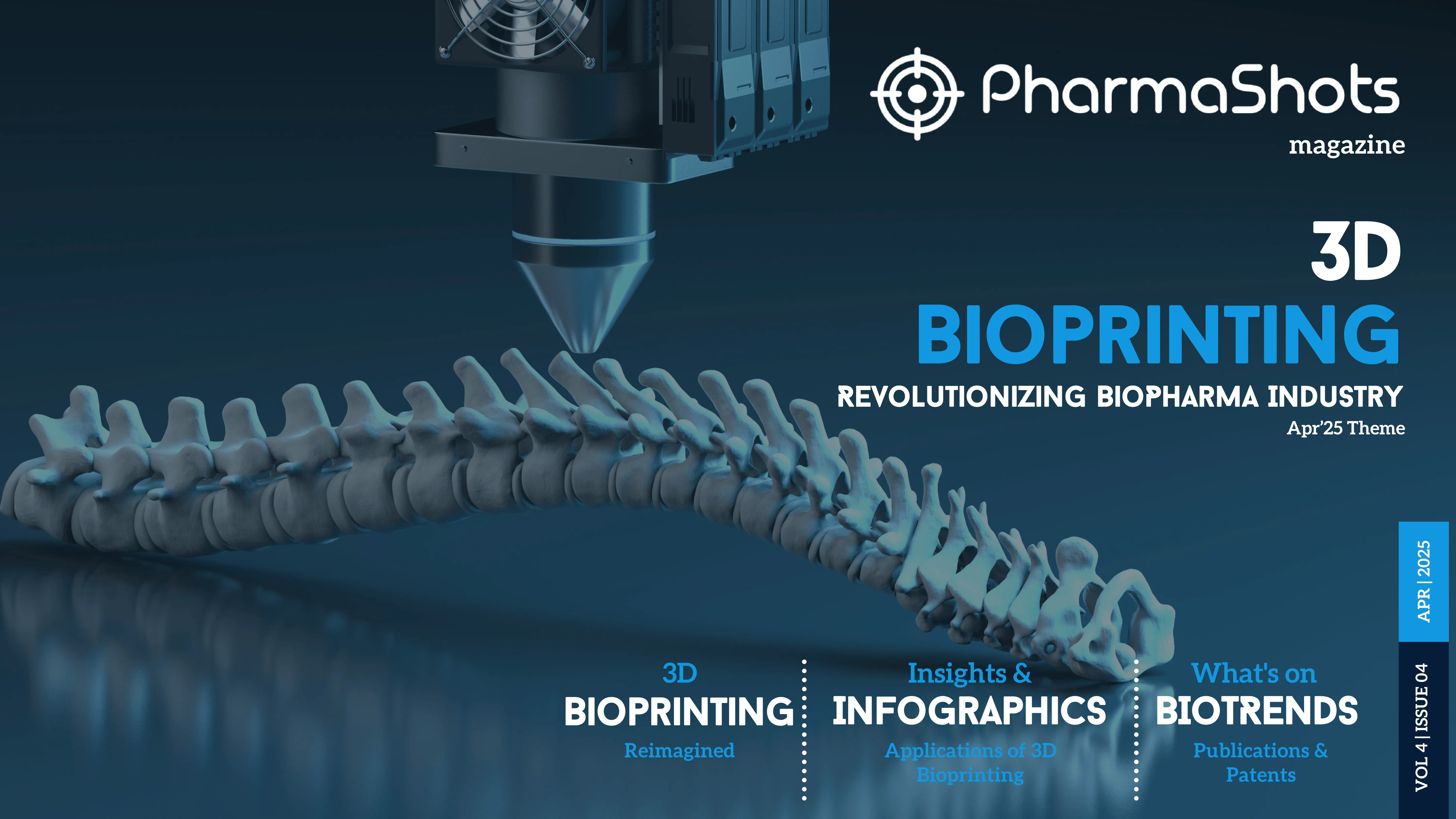
Beyond The Drill: The Future Of Minimally Invasive Dentistry
Ah, the dentist's office. It's enough to make anyone clench their jaw. Thanks to minimally invasive dentistry (MID), the anxiety it brings is now becoming a thing of the past.
MID is a rapidly growing field that prioritizes natural tooth structure preservation. This means less drilling, less discomfort, and faster healing times. Imagine walking out of the dentist's chair feeling relieved, not traumatized. Sounds good, right?
So, how exactly is MID changing the dental landscape? Let's delve into the exciting advancements that are transforming your smile—and your experience—for the better.
Early Detection is Key to Minimizing Invasive Procedures
Imagine going in for a routine checkup, and your dentist discovers a tiny cavity hiding between your teeth. It's so small, it hasn't even caused any discomfort yet. Because it was caught early, your dentist can likely address it with a minimally invasive technique like air abrasion. This procedure removes only the decayed part and keeps most of your healthy tooth structure in good condition.
This is the power of early detection in minimally invasive dentistry. I asked my Cambridge dentist, and they explained it perfectly: 'The sooner we catch a cavity, the less likely we are to need aggressive treatments like drilling or crowns. Early intervention is key to keeping your smile healthy and comfortable.'
Biocompatible Materials: Saving Teeth, Naturally
When cavities do require fillings, MID focuses on using biocompatible dental materials that mimic the natural structure of your teeth. These materials, such as composite resins, bond directly to the tooth, requiring less removal of healthy tooth structure compared to traditional fillings.
Additionally, advancements in these materials have made them incredibly strong and aesthetically pleasing, ensuring a natural-looking smile.
Air Abrasion: A Gentler Alternative to Invasive Techniques
Do you think drilling is the only way to remove tooth decay? Think again. Air abrasion is a minimally invasive technique that utilizes a fine stream of pressurized air mixed with abrasive particles to gently remove decayed tooth tissue.
This method isn't only quieter and less intimidating than the drill. It also preserves your natural tooth structure. It's often a good option for smaller cavities, especially for patients with dental anxiety.
Reversing Early Cavities: No Drill Required
Imagine being able to stop a cavity in its tracks—without a drill. That's the potential of some exciting new advancements in MID.
Techniques like resin infiltration involve applying a special resin to the tooth that can halt the progression of early-stage carious lesions. This is a game-changer for preventing the need for more invasive procedures down the line, promoting better caries management.
Lasers: Precise and Powerful for Minimally Invasive Dentistry
Lasers have become a valuable tool for minimally invasive procedures. They offer a precise and controlled way of removing caries, reshaping gum tissue, and performing other procedures. In some cases, laser dentistry can even minimize the need for anesthesia. This makes your experience more comfortable.
.png)
Caries Detection Made Easy to Minimize Invasive Treatment
Early detection is key, but how can you tell if you have a cavity forming before it causes pain? Caries detection devices are becoming increasingly sophisticated, helping dentists identify dental caries even when it's not visible to the naked eye. These devices use light or fluorescence to pinpoint areas of concern, allowing for early intervention and potentially less invasive treatment.
Taking Care of Your Smile from Home with Minimally Invasive Care
While advancements in dental technology are impressive, prevention is always the best medicine. Minimally invasive dentistry emphasizes the importance of good oral hygiene practices at home to minimize caries risk.
Your dentist can recommend personalized strategies for brushing, flossing, and using fluoride products to keep your teeth healthy and strong. This reduces the need for future interventions and likely prevents the need for restorative dentistry with invasive techniques.
Minimally Invasive Doesn't Mean Less Effective
It's important to remember that minimally invasive procedures are just as effective as traditional methods when used appropriately. Dentists carefully evaluate each situation to determine the best course of treatment. This ensures optimal results for caries removal while prioritizing your comfort and preserving healthy tooth structure.
The Future of Dentistry: A Brighter, More Comfortable Smile with Minimally Invasive Procedures
The future of dentistry is all about personalization, comfort, and minimally invasive approaches to oral health. With advancements in technology, materials, and techniques, dentists are now equipped to provide a wider range of comfortable and effective treatment options.
So, the next time you head to the dentist, you can sit back and relax. The drill might just become a relic of the past, replaced by minimally invasive procedures that prioritize your healthy smile.
Final Thoughts
The future of dentistry is all about keeping your smile healthy. MID offers a more comfortable experience with amazing results. Ready to ditch the fear and embrace a brighter smile? Schedule an appointment with your dentist today and see how minimally invasive dentistry can benefit you!
Related Post: A Peek into the US Healthcare System
Tags

Dr. Maya Thompson is a dental innovator specializing in minimally invasive techniques. In her article, she explores the future of dentistry beyond traditional drilling methods. Through her insights, Dr. Thompson empowers patients to embrace advanced, less invasive dental treatments for better outcomes and comfort. Outside of her practice, she enjoys hiking, sculpting, and volunteering at local dental outreach programs.
















